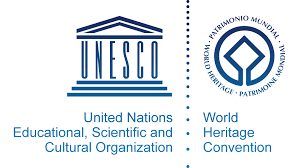The Start
Until 1963, the prehistory of Ethiopia was not well known and was unexplored beyond the 100,000 years-old threshold. In 1963 Gerard Dekker, a hydrologist from the Netherlands with a passion for prehistoric research and a friend of L.S.B. Leakey, discovered Acheulean and Middle Stone Age lithic tools and faunal remains at the Kella locality, near the Awash village, on the road to Butajira, 50 km south to Addis Abeba, and he immediately informed the Ethiopian authorities in Addis Ababa. The discovery was really important. Till that year, no Acheulean evidences were known all over Ethiopia and only a few sites were known in the Horn of Africa. Amongst them, the most important was Olduvai Gorge in Tanzania, discovered in 1913 by H. Reck and excavated and studied by Louis and Mary Leakey since 1923 until 1975.







